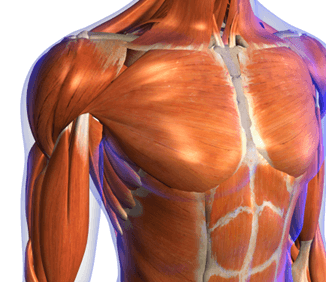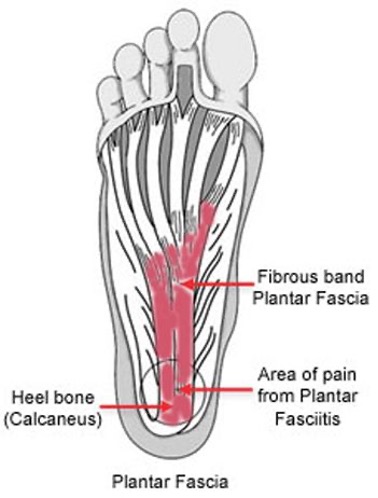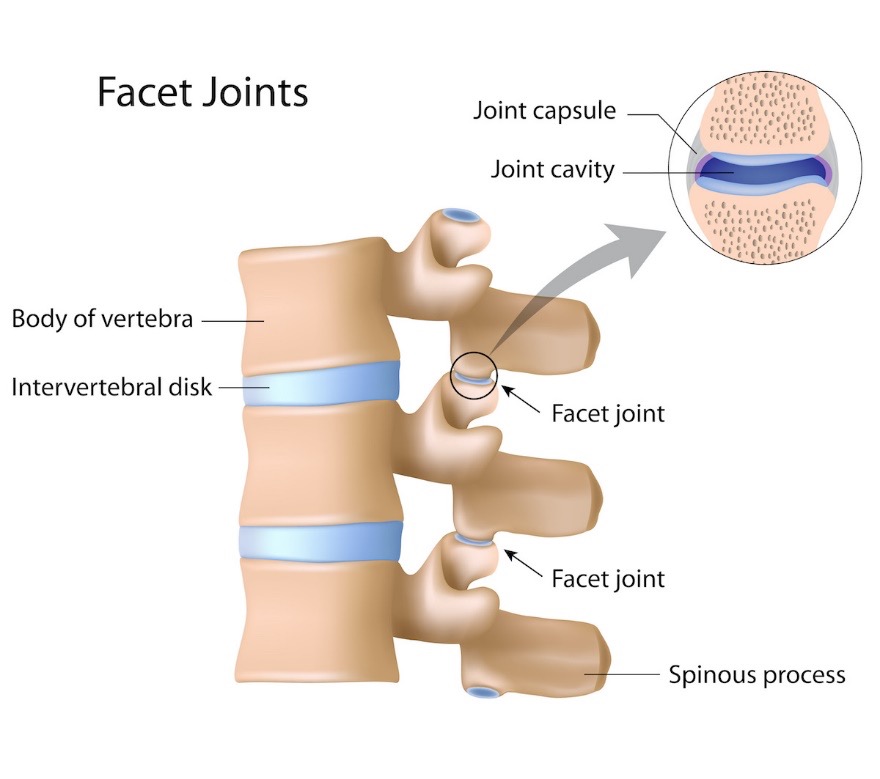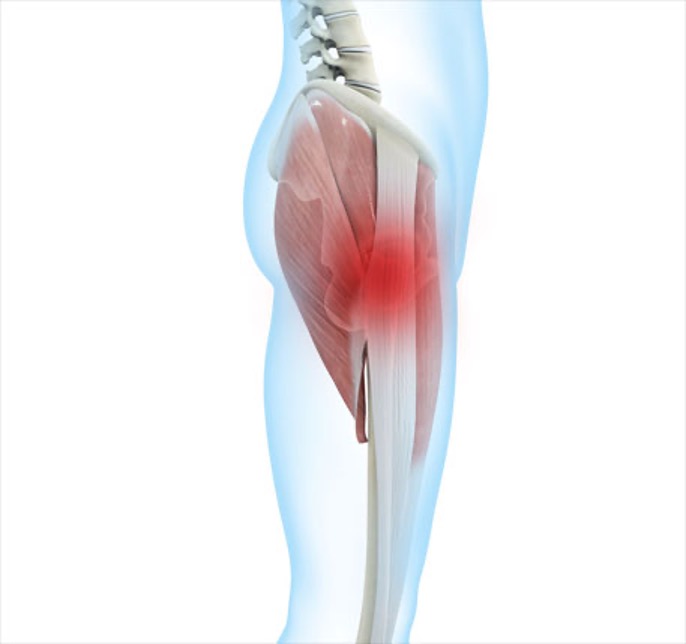Have you experienced numbness or weakness in the arm and hands that seem to run from your upper chest all the way down your arm? If you also have trouble lifting objects over your head, thoracic outlet syndrome could be to blame! Today’s blog explains thoracic outlet syndrome, the signs and symptoms, and how it is treated. Before we dive in, let’s talk about what the thoracic outlet is.
The thoracic outlet
The thoracic outlet is the space between the collarbone and ribs in the lower neck and upper chest area. It’s a narrow space that houses nerves, muscles and blood vessels that pass through from your back to your arms.
What is thoracic outlet syndrome and what are the symptoms?
Thoracic outlet syndrome is the term used when the thoracic outlet is compressed, irritated or injured. Sometimes the thoracic outlet becomes too narrow and can compress the muscles, nerves, and blood vessels (ouch!). It most commonly affects the nerves but can also affect the veins and arteries.
What are the symptoms of thoracic outlet syndrome?
The symptoms of thoracic outlet syndrome can include:
- Pain in the shoulders, neck, arm, or hand.
- Numbness, pins and needles, or weakness in the hand and arm.
- Swelling, redness of the hand, arm, or fingers.
- Arm becomes easily fatigued.
- Limited range of motion in your arm and shoulder.
What causes thoracic outlet syndrome?
Common causes of thoracic outlet syndrome include:
- Physical trauma such as a car accident causing whiplash.
- Repetitive movements from sports such as baseball, swimming, golfing or volleyball.
- Manual labour – carrying heavy shoulder loads.
- Weightlifting
- Pregnancy
- Structural abnormalities (e.g. an extra rib, called a cervical rib).
The condition can be aggravated by poor posture, obesity, stress, depression, and sleep disorders.
Can physiotherapy help to treat thoracic outlet syndrome?
Yes. Physical therapy is a common treatment for thoracic outlet syndrome.
As physiotherapists, we will conduct an assessment, talk to you about your symptoms and medical history, and come up with an appropriate treatment plan to help to reduce your symptoms and pain.
Initial treatment will focus on:
- Reducing pain.
- Increasing the range of motion in the neck and shoulders.
- Strengthening the muscles around the shoulder to better support the whole area.
- Exercises to improve your posture to lessen the pressure on the area.
Physical therapy can assist with recovery, restoring function and strengthening to get you back to your best.
Preventing thoracic outlet syndrome
It’s not always possible to avoid thoracic outlet syndrome, however, there are steps you can take to reduce the risk of recurrence:
- Practice good posture when sitting or standing to create space in the thoracic outlet.
- Try to maintain a healthy weight.
- Avoid heavy backpacks and shoulder bags.
- Avoid heavy lifting or activities that make symptoms worse.
- Stretch and strengthen! We can help you with exercises and to master the correct technique.
If you are experiencing the symptoms of thoracic outlet syndrome and need help to manage them, come and see us. We will investigate and come up with an appropriate treatment plan to help improve your quality of life. Give us a call on (08) 9203 7771 or make an appointment.
References:
- Burke, D. (2021). Thoracic Outlet Syndromes. [Online]. Available at: https://www.healthline.com/health/thoracic-outlet-syndrome (Accessed 23 April 2022).
- Cleveland Clinic. (2022). Thoracic Outlet Syndrome. [Online]. Available at: https://my.clevelandclinic.org/health/diseases/17553-thoracic-outlet-syndrome-tos (Accessed 23 April 2022).
- Mayo Clinic (2022). Thoracic Outlet Syndrome. [Online]. Available at: https://www.mayoclinic.org/diseases-conditions/thoracic-outlet-syndrome/symptoms-causes/syc-20353988 (Accessed 23 April 2022).
- OrthoInfo (2022). Thoracic Outlet Syndrome. [Online]. Available at: https://orthoinfo.aaos.org/en/diseases–conditions/thoracic-outlet-syndrome (Accessed 23 April 2022).





